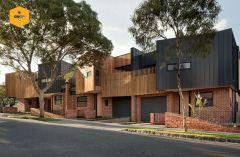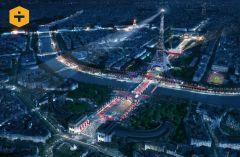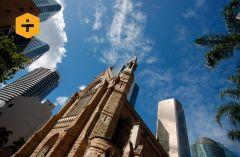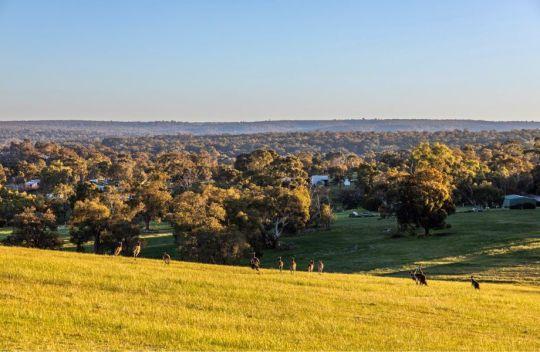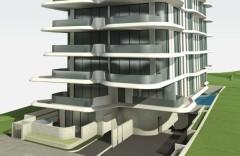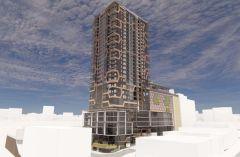The ‘no frills’ beach shack is as Tasmanian as apples and Tassie Devils, but a new weekender at Hawley Beach has given the concept a successful sustainability makeover.
At A Glance
Project: Hawley Beach House, TAS
Main Concrete Elements:
Architect: Starbox Architecture
Builder: ET Construction
Photography: Think Creative
The Challenge
The client wanted a weekender that employed sustainable design principles, architect Jaron Coward said.
“They live about 1½ hours away and built the house as a weekender. So they didn’t want to arrive on a Friday evening, walk into a cold house and have to crank up the heating,” Coward said of the weekender at Hawley Beach, about 280km north-west of Hobart .
Solution, outcome
Designed by Devonport-based Starbox Architecture and built by ET Construction, The Beach Shack explores shack living in a modern way, without losing the characteristic simplicity that is the hallmark of this style of coastal holiday home.
In particular, the Starbox design employs passive solar principles—including the use of an exposed, polished concrete floor slab—to regulate the internal temperature and reduce energy costs.
The client was onboard with the concept of passive solar design from the outset, Coward said.
There are two distinct zones within the home—the kitchen-living area along the northern (front) elevation, and bedroom-bathroom-utility zone on the southern side.
The former is encased in double glazing on three sides, the effect of which is to maximise the sun’s warmth to heat the interior during the colder months.
The choice and positioning of building materials and the overall orientation of the structure are critical in passive solar design.
In winter, when the sun sits low in the northern sky, a north-facing glass façade invites the sun’s warmth inside. But that isn’t enough. The energy has to be stored and then released throughout the day and into the night—and that’s where concrete comes into its own.
Concrete floors and walls have high thermal mass. They effectively ‘bank’ the heat energy and then release it slowly, warming the interior.
On the other side of the coin, during summer (when the sun is overhead and the glass façade is protected by eaves) concrete helps maintain a stable, comfortable internal temperature, assisted by cross ventilation.
In the case of the Hawley Beach shack, the stackable glass doors and windows are positioned so they can be opened to encourage natural air flow to cool the space.
And although the new home was yet to experience a full summer, its performance through the current winter had been outstanding, Coward said.
“We were there recently to take some photos and the ambient temperature inside at about 6pm was beautifully warm,” he said.
The concrete slab is fairly typical for the site and engineering requirements—100mm with thickened edges and R1.8 ClimaFoam Extruded Polystyrene (XPS) ground insulation. The top of the slab has been polished and exposed as a hard-wearing, low-maintenance flooring solution.
The external paths and driveways servicing the separate two-car garage are also in situ concrete with exposed aggregate finishes.
The non-glazed external wall sections on the garage and main dwelling are clad in Pacific teak.
The Beach Shack at Hawley Beach preserves the underlying simplicity, but with a fresh and decidedly sustainable twist.
Benefits of using concrete:
The Urban Developer is proud to partner with Cement Concrete and Aggregates Australia to deliver this article to you. In doing so, we can continue to publish our daily news, information, insights and opinion to you, our valued readers.

